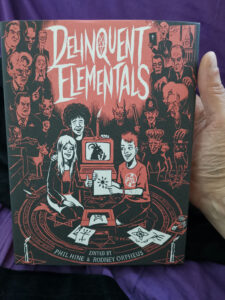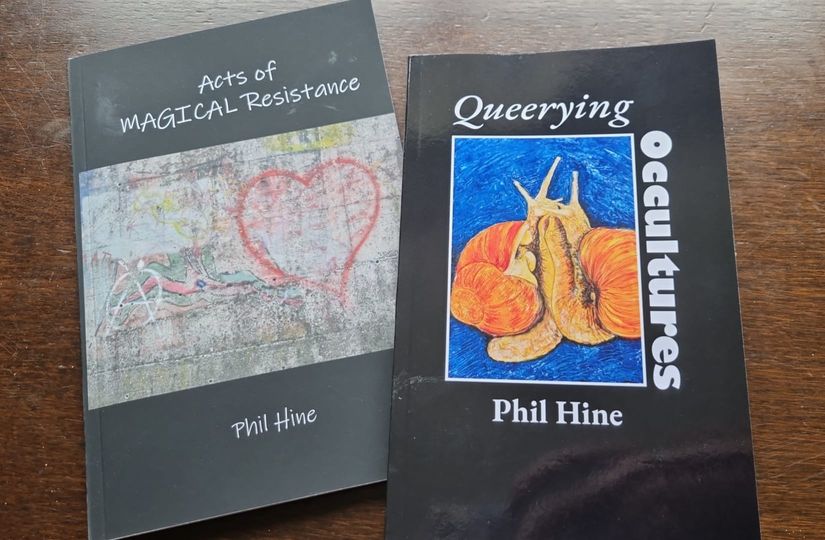Out now: Delinquent Elementals
If there’s one thing I’d like to be remembered for, it is Pagan News, the zine that occupied a central place in my life between 1988-92. Delinquent Elementals, edited by myself and Rodney Orpheus (my co-creator and co-editor), brings together a selection of the best content from Pagan News over the 36 or so issues. Six years in production, Delinquent Elementals features a selection of news stories, essays, interviews, tips on practical magic, and more. It is a fascinating window into the UK’s blossoming occult scene at a time of rapid social and political change.
Looking back, I can only wonder how we did it. Of course, there were those at the time, that said we’d never keep to a monthly publishing schedule – producing a zine every three weeks. We developed a system – one zine on the street, one in production, and several in various stages of planning. There was a quiet satisfaction to be had in telling a potential contributor that the slot their submission would be published in was already full for the next three issues.
Delinquent Elementals is available direct from Strange Attractor, or all good bookshops.


